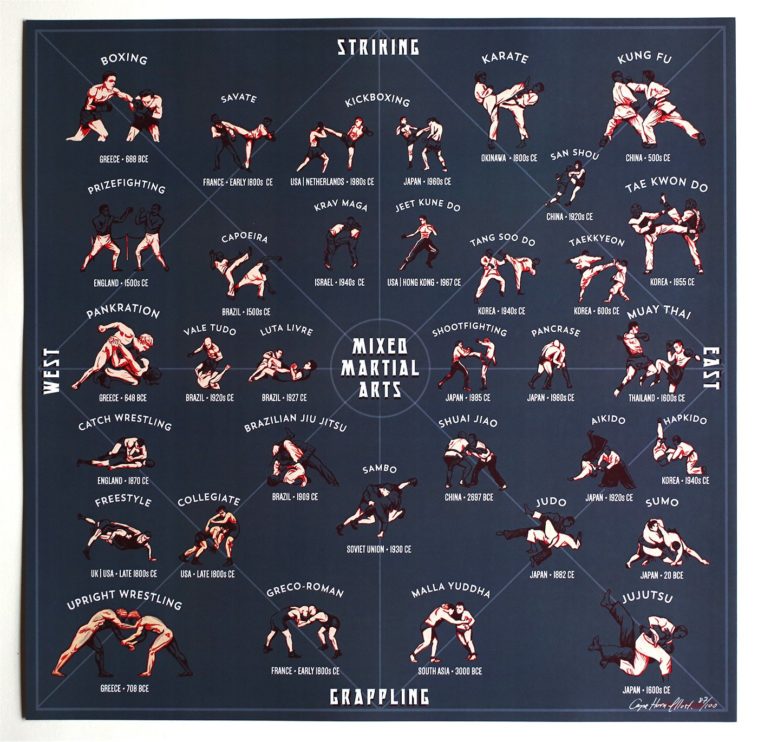The Principles And Relevance Of Taekwondo Forms
The Principles And Relevance Of Taekwondo Forms
Blog Article
Content By-Holland Brewer
Did you know that there are over 20 different taekwondo kinds, each with its very own one-of-a-kind series of activities and strategies? These types, also known as poomsae, play a critical duty in the technique and development of taekwondo experts.
But just what are these forms, and why are they so considerable? In this discussion, we will certainly explore the basics of taekwondo types, their beginnings, and the crucial elements that make them an integral part of this martial art.
Whether you're a newbie or a skilled expert, comprehending the importance of taekwondo types will grow your recognition for this old technique and boost your trip towards proficiency.
Beginnings and Evolution
The origins and development of Taekwondo can be mapped back to ancient fighting styles methods in Korea. It was developed over 2,000 years back and has because become a prominent and internationally identified sport.
Taekwondo was greatly influenced by various Korean fighting styles designs, such as Taekkyon and Subak, as well as Chinese fighting styles. It was initially used as a way of self-defense, but in time, it developed right into a competitive sport that concentrates on striking strategies and high kicks.
In the 20th century, Taekwondo underwent a substantial improvement and was standard into its modern form. The Korea Taekwondo Association played an essential duty in this process, aiding to develop rules, techniques, and forms that are still complied with today.
Crucial Element and Methods
Now allow's explore the basic elements and strategies of Taekwondo. To totally comprehend the crucial elements and methods, it is necessary to dig much deeper right into the adhering to subtopics:
- Stances: Taekwondo stresses the appropriate use of stances, such as the front stance, back stance, and horse stance. These stances offer security, equilibrium, and power in executing various strategies.
- Strikes and Kicks: Taekwondo is renowned for its powerful and vibrant kicks, including the front kick, roundhouse kick, and side kick. Strikes, such as strikes and knifehand strikes, are additionally crucial strategies in Taekwondo.
- Blocks and Defense: Effective protection is critical in Taekwondo. visit my home page , such as the high block and low block, are used to secure against inbound attacks. Proper timing and positioning are key to effectively safeguarding oneself.
Benefits and Effect
One of the significant benefits of practicing Taekwondo is the enhancement of fitness and total well-being. By engaging in routine training sessions, you can improve your cardiovascular health and wellness, strength, adaptability, and endurance. Taekwondo includes a range of movements that target different muscle mass groups, helping you develop a solid and toned body.
Additionally, this martial art promotes mental well-being by minimizing tension and anxiousness levels. The discipline and focus required in practicing Taekwondo can aid enhance your focus and enhance your capability to deal with difficult situations.
Furthermore, the method of Taekwondo instills a feeling of confidence, self-discipline, and self-control, which can positively influence different areas of your life. On the whole, practicing Taekwondo can lead to a healthier and more balanced lifestyle.
Final thought
So there you have it! Taekwondo types aren't simply plain regimens, yet a depiction of the rich background and evolution of this martial art. By mastering the key elements and techniques, experts can reap countless physical and psychological benefits.
From enhanced https://www.courier-journal.com/story/opinion/2022/01/19/west-louisville-martial-artists-help-students-school-career-life-opinion/6529626001/ and stamina to boosted focus and discipline, taekwondo types have an enduring influence on those who practice them.
So, whether you're a beginner or an experienced martial artist, accept the power of these kinds and let them take you on a trip via time.
